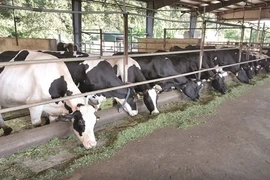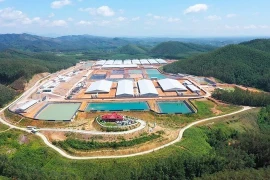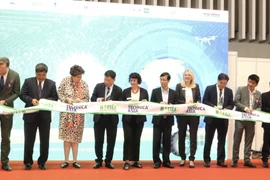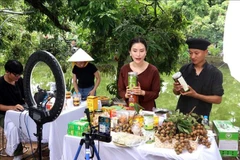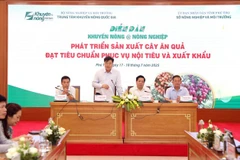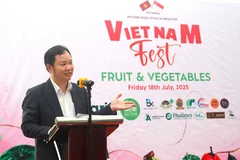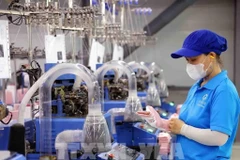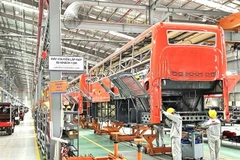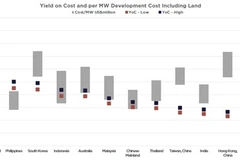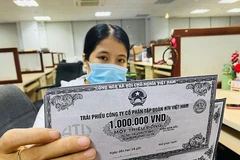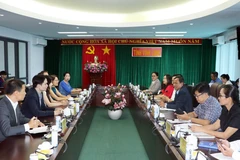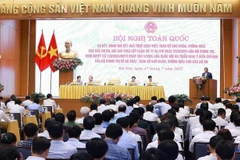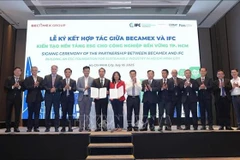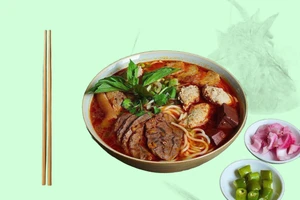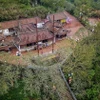Hanoi (VNA) - Tay Ninh province has for years followed a strategy for developing high-tech agriculture, especially in the field of green livestock farming, with a vision to become the southern region’s hi-tech husbandry centre.
This move has proved effective as Vietnam’s livestock sector is facing increasing pressure from international markets with stricter requirements related to food safety and traceability.
The shift towards large-scale, technology-based farming in Tay Ninh was catalysed by lessons learned from the limitations of traditional small-scale models.
Recognising the need for innovation, several Vietnamese enterprises have partnered with global agricultural giants to apply advanced technologies into local farming. Among the most notable is the strategic partnership between Vietnam’s Hung Nhon Group and De Heus from the Netherlands, a century-old enterprise, and Bel Ga from Belgium, with over 90 years of experience.
According to Vu Manh Hung, Chairman of the Hung Nhon Group, this partnership has enabled Tay Ninh to adopt world-class agricultural practices, with farms certified under Global GAP’s 349 stringent criteria, far exceeding the 12 criteria of domestic VietGAP standards.
Nguyen Dinh Xuan, Director of the provincial Department of Agriculture and Environment, said that green development is a non-negotiable principle for the province.
Due to the environmental impact risks associated with livestock farming, Tay Ninh has established clear standards. All new farms are required to implement modern technologies, including automated systems for lighting, temperature, and feeding. These solutions not only save costs but also boost productivity and reduce emissions.
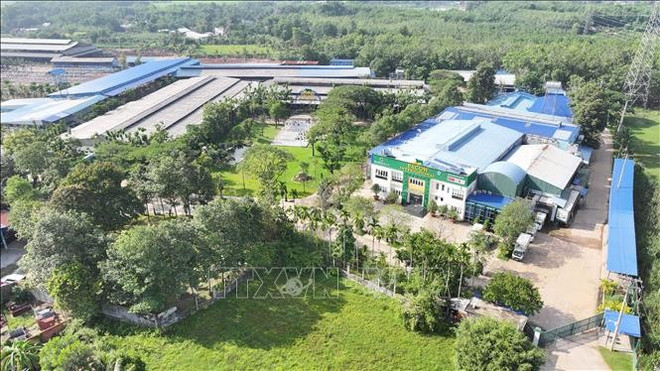
Future development plans will continue to prioritise sustainability. Investors must show strong technological skills, especially in waste treatment and recycling, as well as in reducing greenhouse gas emissions.
The province also applies strict planning procedures: every project must be assessed for its environmental impacts, infrastructure compatibility and alignment with land-use zoning and population density.
Multi-level farming models that optimise space, reduce wastewater and control odours have already proven effective in several areas.
Tay Ninh is fast becoming a promising destination for agricultural investors. It is a symbol of Vietnam’s transition from traditional to modern agriculture, from fragmented operations to integrated value chains, and from local ambition to global standards. With its vision and dedication, it is poised to become a national model in high-tech livestock development soon./.

